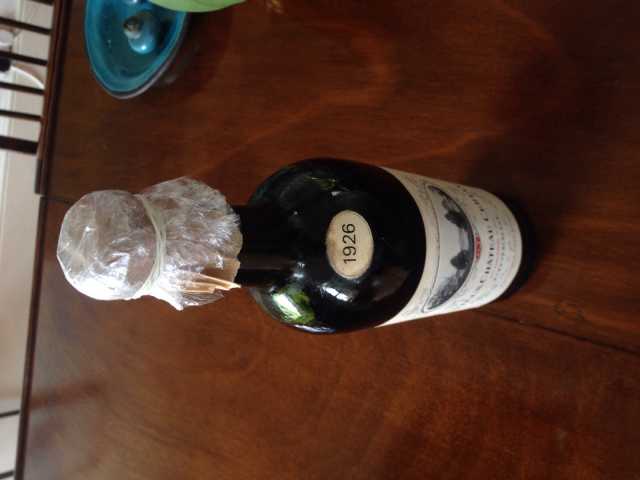I’ve got a few old bottles of Bordeaux and Burgundy with corroded/deteriorated/torn capsules and was wondering how other people out there cared for bottles in this condition.
Basically, I used to just wrap cling film around the next of bottles where the capsules showed signs of weakness, either through corrosion or holes. I know some whiskey collectors that do this to prevent any evaporation from their bottles. However, I became (perhaps unnecessarily) concerned about the chemicals in the film coming into contact with the wine (through a closed loop between the headspace/wine/cling film).
Now I wrap a small sheet of grease proof paper tightly around the capsule, cover this in cling film, and wrap a small elastic band tightly around this to seal it just below the lower lip of the finish. I keep the bottles horizontally in a wine cabinet at about 5° C (I always keep wines that I want to evolve very slowly at this temperature).
Does anyone have any thoughts on this, or perhaps you take a different approach?
